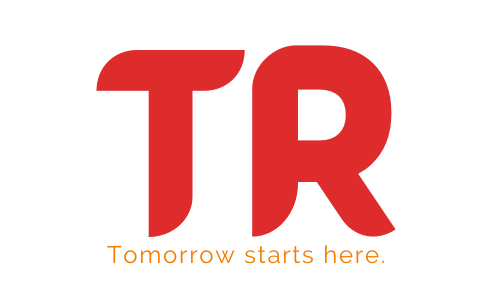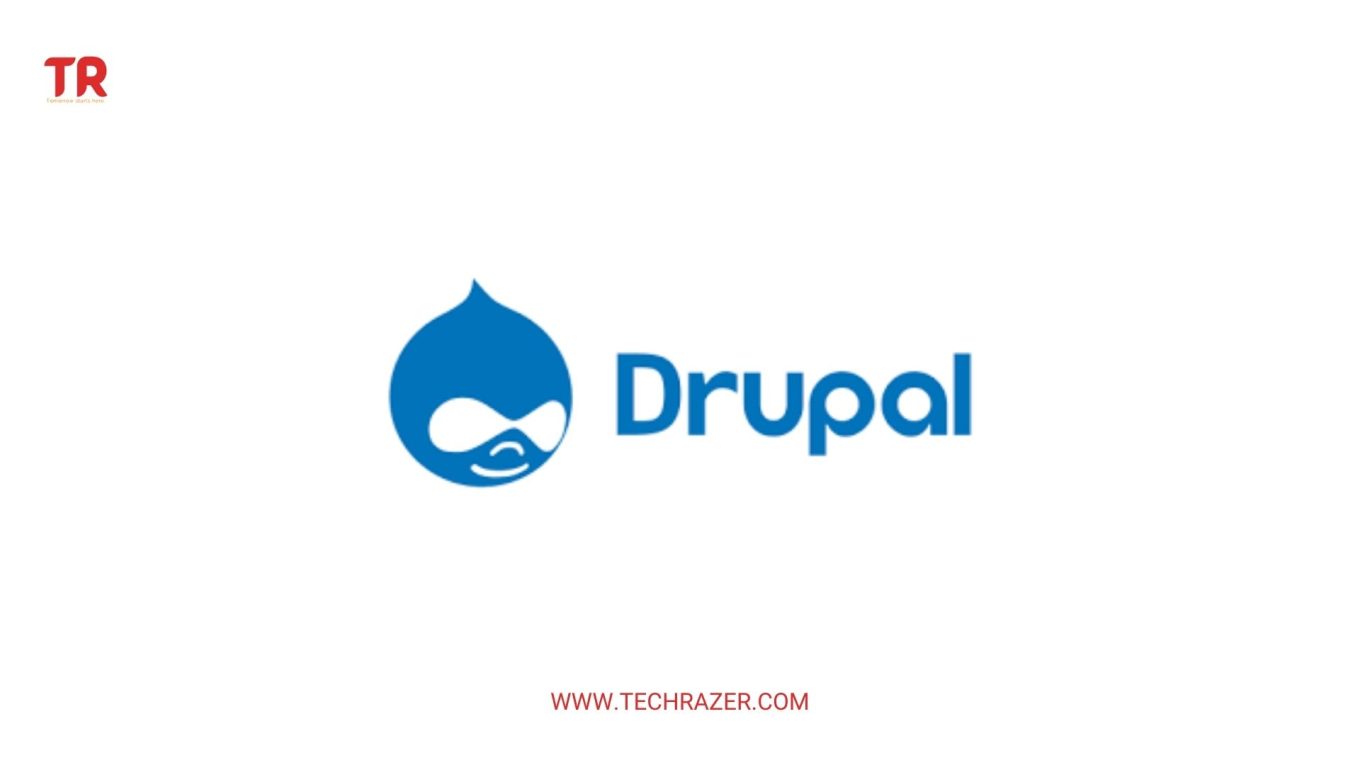What is Drupal?
Table of Contents
Introduction
Drupal is an open-source content management system (CMS) used to build robust, secure, and interactive websites. It is one of the most popular CMSs and is used to power over 1 million websites.
Drupal is written in the PHP programming language and is backed by a large community of developers and users who continually improve and enhance the core features. It is highly extensible, allowing for the addition of new features and functionality via the installation of modules.
Drupal is designed to be user-friendly, scalable, and secure. It has a powerful administrative interface that allows website administrators to easily manage content, users, and settings. It also has a flexible template system that allows for custom designs and themes.
Drupal is an especially popular choice for larger websites as it provides a robust framework for creating complex, multi-faceted websites. It also has built-in support for user-generated content, such as forums and blogs, as well as support for multimedia, like video, audio, and images.
The Drupal core is the ‘base’ installation that provides the basic features and functions necessary to build a website. This includes the administrative interface, the core themes, and the core modules.
Themes are collections of HTML, CSS, and JavaScript code used to create the look and feel of a Drupal website. Themes can be modified and customized to suit the needs of a particular website.
Modules are extensions to the core that provide additional features and functions. Modules can be downloaded from the Drupal website, or custom modules can be created.
The core modules are a set of modules that are included with the Drupal core. These modules provide the basic features and functions necessary to build a website. The core modules include the content creation, user management, and system administration modules.
Drupal also has a large selection of contributed modules. These modules are developed by the community and are available for free download. They provide additional features and functions that can be added to a Drupal website.
Drupal also has a wide range of themes available. These themes provide the look and feel of a website and can be used to customize the appearance of a website.
Drupal also has a number of APIs that allow developers to extend the functionality of a website. These APIs provide a way for developers to create custom modules, themes, and templates.
Drupal is an open-source CMS that is highly extensible, secure, and user-friendly. It is an ideal choice for larger websites and is used to power over 1 million websites. It provides a robust framework for creating complex, multi-faceted websites and has built-in support for user-generated content, multimedia, and APIs. It also has a wide selection of themes and contributed modules available.
Advantages of Using Drupal
There are many advantages of using Drupal, and here are the top 10:
- Customization: Drupal offers an extensive range of customization options, allowing you to tailor your site to suit your needs. You can create custom themes, widgets, and modules, as well as add third-party modules and many other features.
- Security: Drupal is highly secure and comes with built-in security features. It also supports secure data transfer protocols, such as SSL/TLS and HTTPS.
- Open Source: Drupal is an open source platform, meaning it’s free to use and modify. This makes it a great choice for those who don’t have the budget for a commercial CMS.
- Flexible Content Management: Drupal’s content management system is flexible and user-friendly. It allows you to create and manage content with ease, making it an ideal choice for businesses and organizations that need to manage large amounts of content.
- Mobile-Friendly: Drupal is mobile-friendly, meaning it can be easily viewed on any device. This makes it a great choice for businesses who want to reach a larger customer base.
- Performance: Drupal is highly optimized for performance and scalability. It also supports caching and other performance-enhancing technologies.
- Search Engine Optimization: Drupal offers a range of SEO-friendly features, including meta tags, URL optimization, and content optimization. This makes it easier for your website to rank higher in search engine results.
- Multilingual Support: Drupal supports multiple languages, allowing you to create and manage multiple language versions of your website.
- Easy Updates and Maintenance: Drupal offers easy updates and maintenance, making it a great choice for businesses that need to stay up-to-date with the latest features and security patches.
- Community Support: Drupal is backed by a large and active community of developers, designers, and users who are willing to help you with any issues you may have.
Disadvantages of Using Drupal
While Drupal has many great features, it also has some drawbacks.
- Inadequate Documentation: The Drupal community is known for being helpful and supportive, but it can be difficult for new users to find relevant information when starting out. The official documentation is sparse, and there are few comprehensive tutorials or instructional videos available. This can be a barrier to entry for new users since they must rely on the community for support and guidance.
- Poor Performance: Drupal can be slow to respond and load, especially when there are complex modules or themes installed. This can be a problem for businesses and organizations that need their websites to run quickly and efficiently. It can also be difficult to troubleshoot performance issues, as the underlying code can be difficult to understand.
- Security Issues: Drupal is not immune to security vulnerabilities and can be prone to hacking attempts. It is important to keep Drupal installations up to date and to use secure passwords and other security measures to protect against malicious attacks.
- Difficulty Upgrading: Drupal is built on a modular system, meaning that it can be difficult to upgrade or add new features. This can be a problem for businesses and organizations that need to stay up to date with new technologies or standards.
- Lack of Responsive Design: Drupal does not have a built-in responsive design feature, which means that websites must be manually optimized for different devices and screen sizes. This can be a time-consuming process, and it can be difficult to ensure that a website looks good on all devices.
- Limited Hosting Options: Drupal requires a specific type of hosting environment, and not all hosting providers offer the necessary support. This can be a problem for businesses and organizations that are looking for a specific type of hosting solution.
- Expensive Themes and Modules: Drupal is an open source CMS, but many of the themes and modules available for it are not free. This can be a problem for businesses and organizations that are on a tight budget and need to keep their costs down.
- Difficulty Customizing: Drupal is often seen as a ?one size fits all? solution, and it can be difficult to customize the look and feel of a website. This can be a problem for businesses and organizations that need to create a unique and custom experience for their users.
- Difficulty Debugging: Drupal can be difficult to debug since the underlying code can be complex and hard to understand. This can be a problem for businesses and organizations that need to troubleshoot issues quickly and efficiently.
Drupal Use Cases
One of the most popular uses of Drupal is to create websites. Drupal is an ideal platform for businesses looking to build a website quickly and efficiently. Drupal provides a wide range of features to help businesses create their websites, such as the ability to create content, manage users, and integrate with other applications. Drupal provides a powerful content management system that makes it easy for businesses to create and manage their websites. It also provides them with a wide range of tools to customize their websites to better reflect their brand and to meet the needs of their customers.
Another popular use of Drupal is to create blogs. Drupal provides a simple interface for creating and managing blog posts and pages. It also provides a wide range of features to help businesses customize their blogs to better reflect their brand and to meet the needs of their customers. Blogs are a great way for businesses to connect with their customers and to build relationships with them.
Drupal can also be used to create e-commerce platforms. Drupal provides a powerful e-commerce platform that makes it easy for businesses to create and manage their online stores. It provides businesses with a wide range of tools to customize their stores to better reflect their brand and to meet the needs of their customers. It also provides businesses with the ability to integrate their online stores with other applications, such as payment gateways and shipping solutions.
Drupal can also be used to create other online applications. Drupal provides a powerful framework for creating applications that can be used for a wide range of purposes. Businesses can use Drupal to create applications for anything from customer service to enterprise resource planning. Drupal provides businesses with the tools to customize their applications to better reflect their brand and to meet the needs of their customers.
Drupal is a powerful content management system that can be used for a wide range of applications. It provides businesses with a wide range of features to help them create and manage their websites, blogs, e-commerce platforms, and other online applications. It also provides businesses with the ability to customize their websites and applications to better reflect their brand and to meet the needs of their customers. Drupal is an ideal platform for businesses looking to create and manage their online presence in an efficient and cost-effective manner.
Conclusion
Overall, Drupal is an excellent choice for organizations looking to create websites, web applications, or digital experiences. It is easy to use, highly extensible, and secure, and is also highly scalable. Additionally, Drupal is an open source platform, meaning that it is free to use and modify. For these reasons, Drupal is an excellent choice for organizations looking to create dynamic digital experiences.

